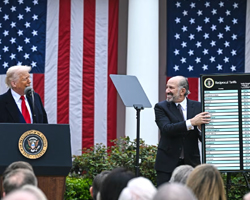Market Surge Fueled by Tech Rally and Rate Cut Speculation; Apple Leads Gains | Daily Market Analysis

Key events:
- Eurozone - HCOB Eurozone Services PMI (Apr)
- Switzerland - SNB Board Member Jordan Speaks
- USA - FOMC Member Williams Speaks
The S&P 500 experienced a robust surge on Friday, driven by a notable uptick in tech stocks led by Apple. This rally coincided with the release of data indicating that job gains in April fell short of expectations, fueling speculation that the Federal Reserve might initiate interest rate cuts sooner rather than later.
The Dow Jones Industrial Average witnessed a significant increase of 450 points, equivalent to 1.2%, while the S&P 500 soared by 1.3%, and the NASDAQ Composite climbed by an impressive 2%.

Meanwhile, Treasury yields retreated as hopes for rate cuts resurfaced following the release of data suggesting that the US economy added jobs at a slower pace in April. Only 175,000 jobs were added last month, in contrast to a revised figure of 315,000 in March. Consequently, the yield on the 10-year Treasury dropped by 6 basis points to 4.511%.
Although the unemployment rate in April rose to 3.9% from the previous month's 3.8%, it marked the 27th consecutive month that the jobless rate remained below 4%. Notably, average hourly earnings growth decelerated to 0.2% for the month.
Apple (NASDAQ: AAPL) experienced a notable surge of 6%, propelling the broader tech sector higher following its Q2 results, which surpassed estimates. Additionally, the tech giant announced a $110B stock buyback program along with a dividend hike.
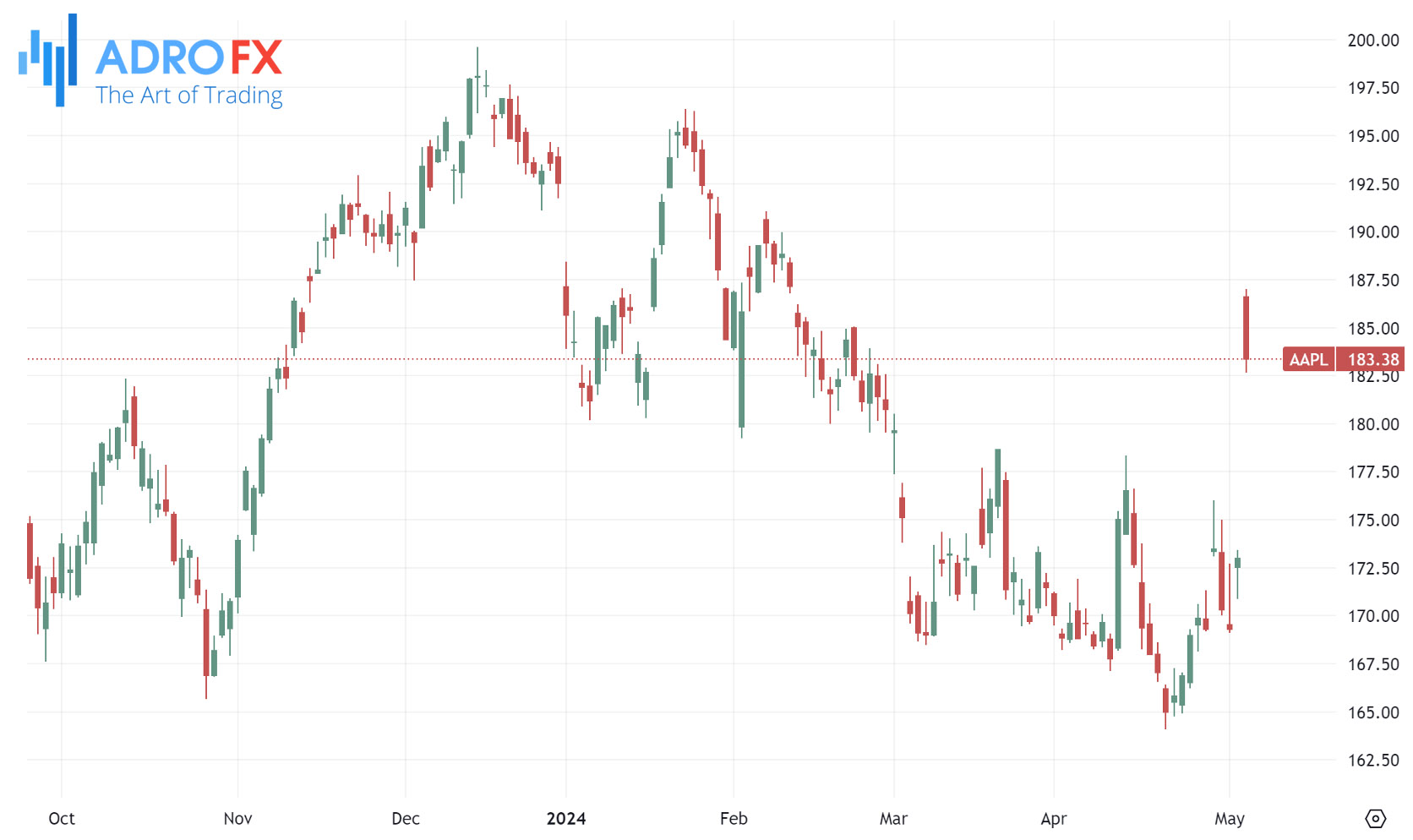
While iPhone sales narrowly missed analyst expectations, the results surpassed fears, particularly in China, where concerns about slowing growth have lingered among investors. According to a report from Wedbush Securities released on Friday, Apple is anticipated to witness a resurgence of growth, driven by increasing demand for iPhones in China and a rise in services revenue. Wedbush Securities also suggests that Apple's venture into AI could trigger the next supercycle.
The NZD/USD pair saw a slight downtick following three consecutive days of gains, hovering around 0.6000 during Monday's Asian session. This decline is attributed to the resurgence of the US Dollar.
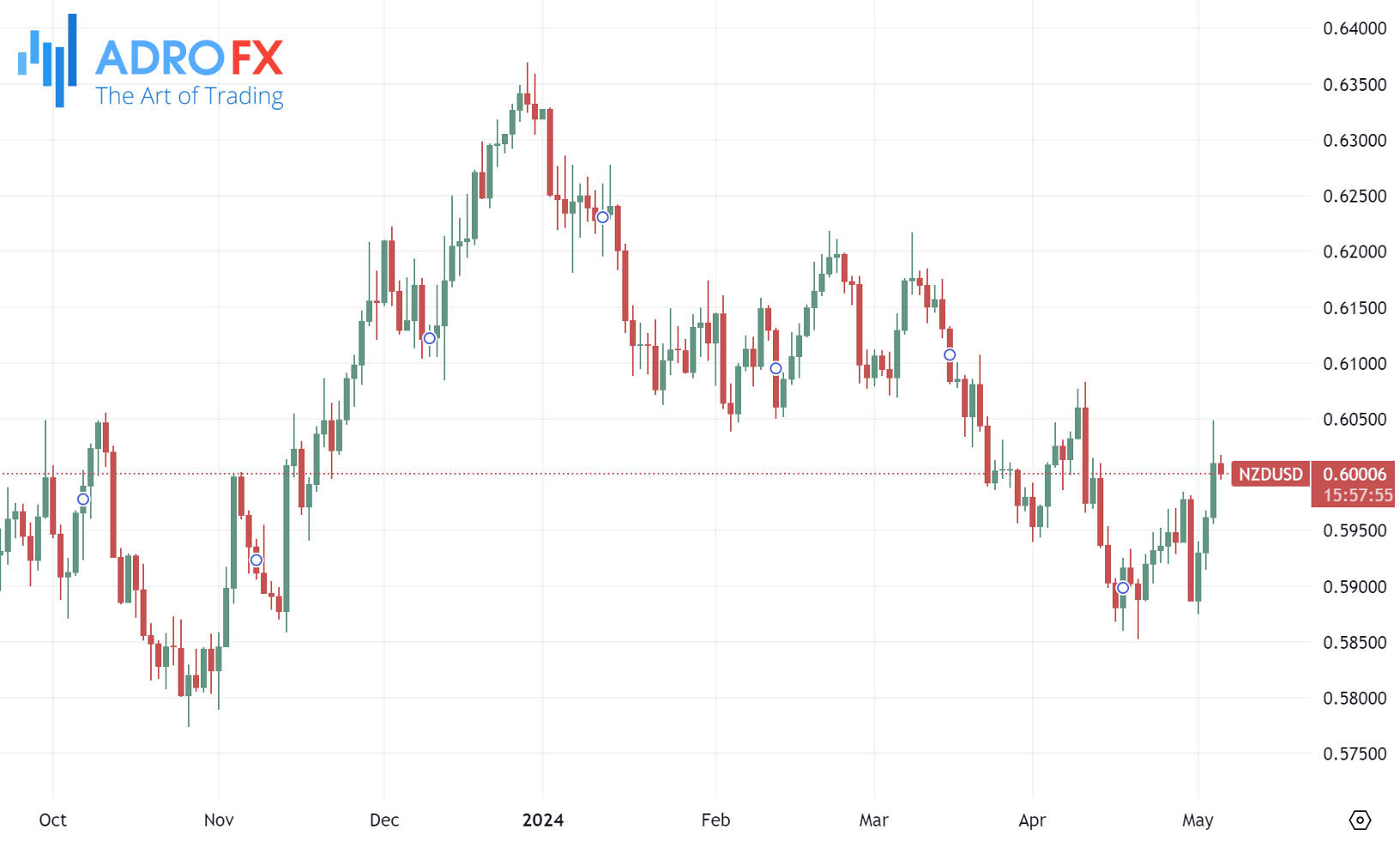
China's Caixin Services PMI dipped slightly to 52.5 in April from 52.7 in March, in line with expectations. However, it marks the 16th straight month of expansion in services activity, potentially benefiting New Zealand's market, given its significant exports to China.
The Reserve Bank of New Zealand's decision to delay monetary easing until 2025 due to higher-than-expected inflation is likely contributing to the strength of the NZD/USD pair.
On the other hand, the Australian Dollar is being bolstered by a hawkish sentiment surrounding the Reserve Bank of Australia, especially with expectations that they might maintain their cash rate at a 12-year high and potentially reintroduce a soft tightening bias.
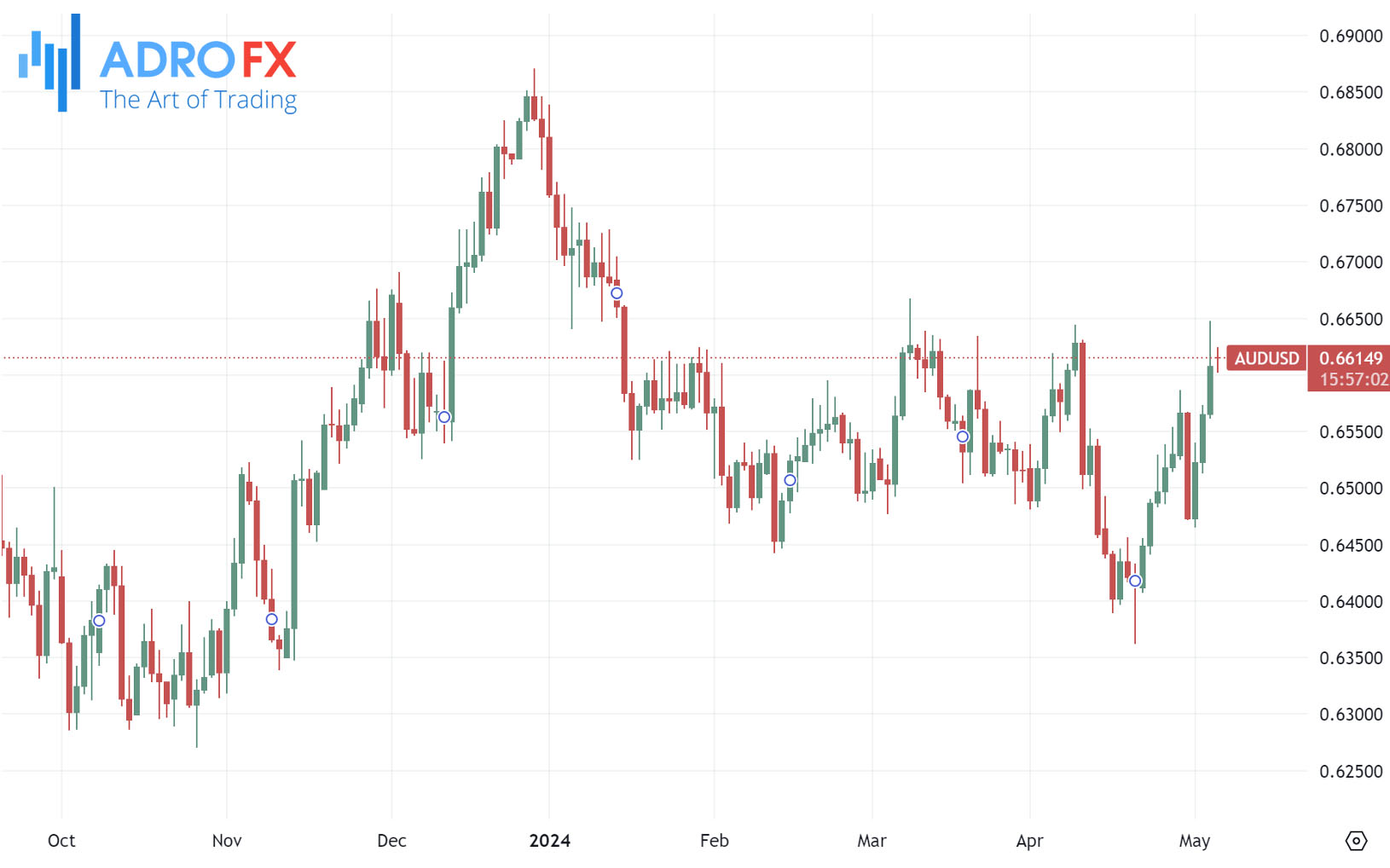
As for the USD/JPY pair, it's seeing a rebound after a three-day decline, driven by a moderate recovery of the US Dollar and remarks from US Treasury Secretary Janet Yellen regarding potential Japanese interventions. It's currently trading around 153.55, having gained 0.35% on the day. These dynamics reflect the interconnectedness of global monetary policies and economic indicators, shaping the movements in the forex market.
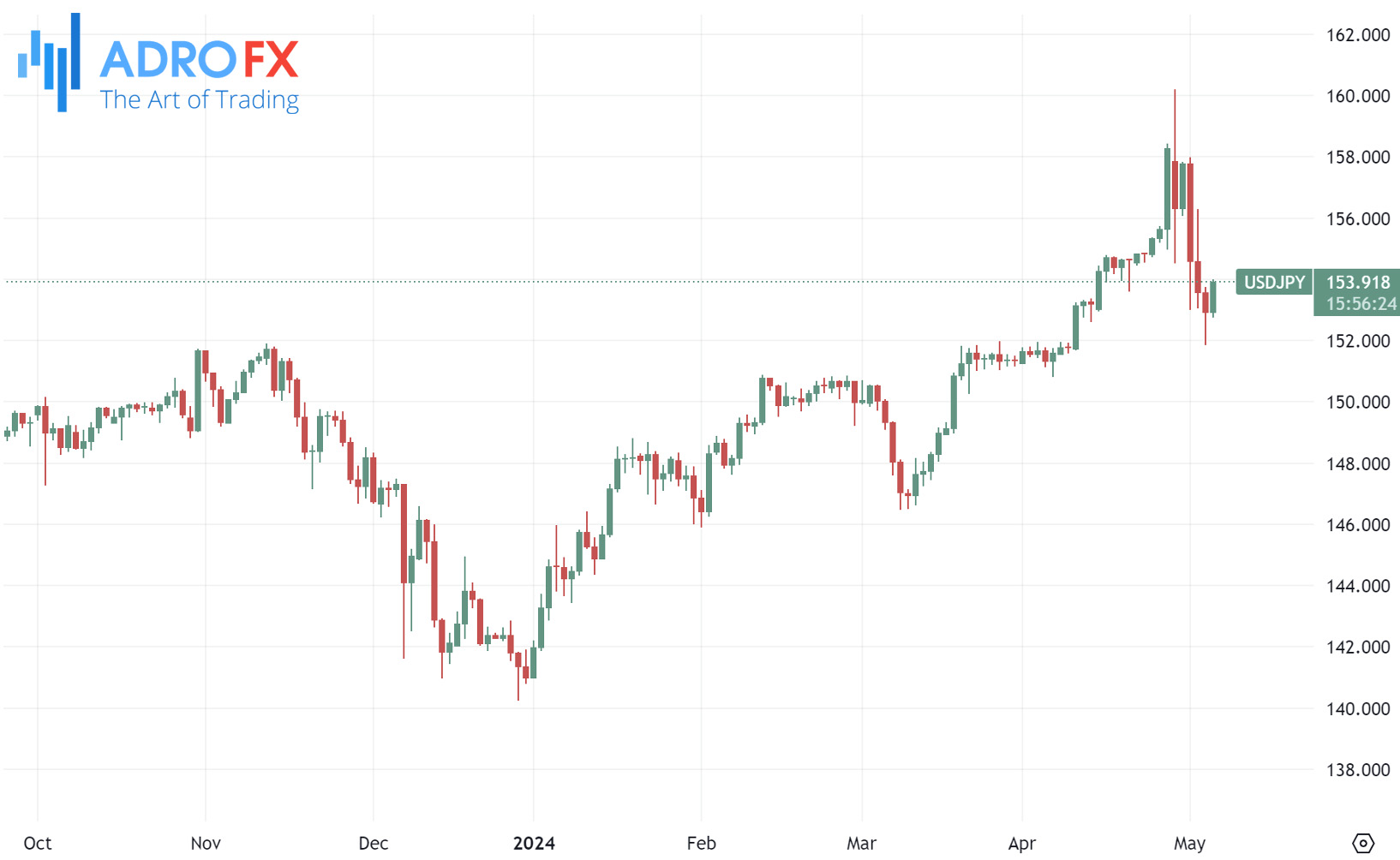
US Treasury Secretary Janet Yellen's recent comments on the Japanese Yen's movements reflect a nuanced approach. While she acknowledged the significant fluctuations in the Yen's value, she refrained from directly addressing whether Japan intervened to support its currency. Yellen's stance on Japanese interventions has been inconsistent over the past couple of years, often highlighting the importance of a Group of Seven agreement favoring market-determined currency rates. She emphasized that any interventions should focus on reducing market volatility rather than manipulating currency rates. Japan's Finance Minister Shunichi Suzuki also did not confirm any interventions, according to Bloomberg.
On another note, speculation regarding a potential interest rate cut by the US Federal Reserve in September has been intensifying following weaker-than-expected US employment data. This speculation has put downward pressure on the Greenback. According to the CME Fedwatch tool, traders are now assigning an 85.5% probability that there will be no change to the Fed funds rate in June, while the likelihood of a rate cut in September has surged to 90%. These expectations are significant drivers of currency market movements and are closely monitored by traders and investors.

